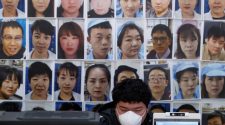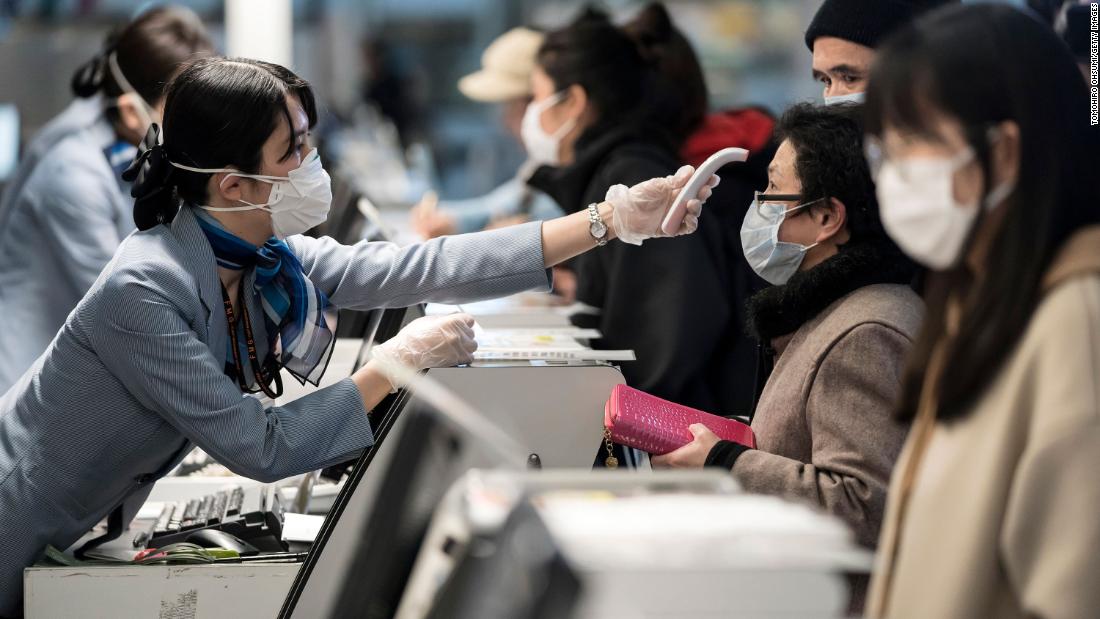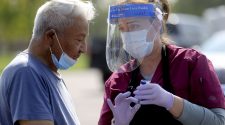Currently, the United States is doing health screenings only for passengers who are flying in from China. Those screenings involve a temperature check and observations for symptoms.
At the time the CDC made the decision to start screening passengers from China, there were far fewer cases of the coronavirus in China than there are currently in Italy, South, Korea or Japan.
When the screening started on January 17, there were 45 reported cases of the new coronavirus in China. Japan currently has about three times that number of cases, Italy has about 10 times as many, and South Korea has more than 25 times as many.
“We’re not changing our posture at the moment [but] every day we re-evaluate what we’re doing and making sure that we’re adjusting what we’re doing to make sure we’re hitting the right notes,” the CDC spokesperson said.
At a press conference Wednesday night, President Trump said there could be travel restrictions placed on passengers from other countries such as South Korea and Italy.
“At a right time we might do that. Right now it’s not the right time. But at a right time,” Trump said.
When asked specifically about travelers from Italy, Trump said “at some point we may cut that off. At some point depending on what happens we may cut certain additional countries off, like we’ve had to do with China.”
Some experts would like to see the airport health screenings expanded.
“I think if we’re going to try and reduce the introduction of the virus in the United States, then presumably the answer is yes,” said Reingold, a former CDC infectious disease epidemiologist.
There have been 400 cases in Italy and 12 deaths, 1,261 cases in South Korea and 12 deaths, and 147 cases in Japan, with hundreds more cases from Diamond Princess cruise passengers who disembarked in Japan.
Others think it would become unmanageable to monitor passengers from Italy, Japan and South Korea.
“It becomes really unwieldy and complicated,” said Dr. Peter Hotez, an infectious disease specialist at Baylor College of Medicine. “And eventually, even a week from now, that list of countries could potentially double.”
He added that it made sense to screen passengers from China at the beginning of the outbreak, but that eventually it wouldn’t be worth the expense and time.
“I think we’ve maxed out on the benefit of travel screening,” he said. “It made sense when the passengers were coming from one country, and I think in some ways it was effective. But now we’re really going to see diminishing returns.”
Airport screening has long been controversial. Israel, for example, has abandoned it, with a health official there calling it “ineffective and inefficient.”
Globally, about 50% of the original exported cases were detected through temperature checks, according to Dr. Martin Cetron, director of the CDC’s Division of Global Migration and Quarantine.

















